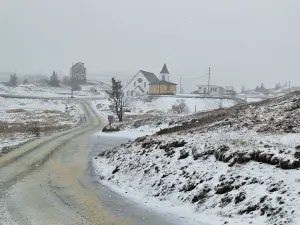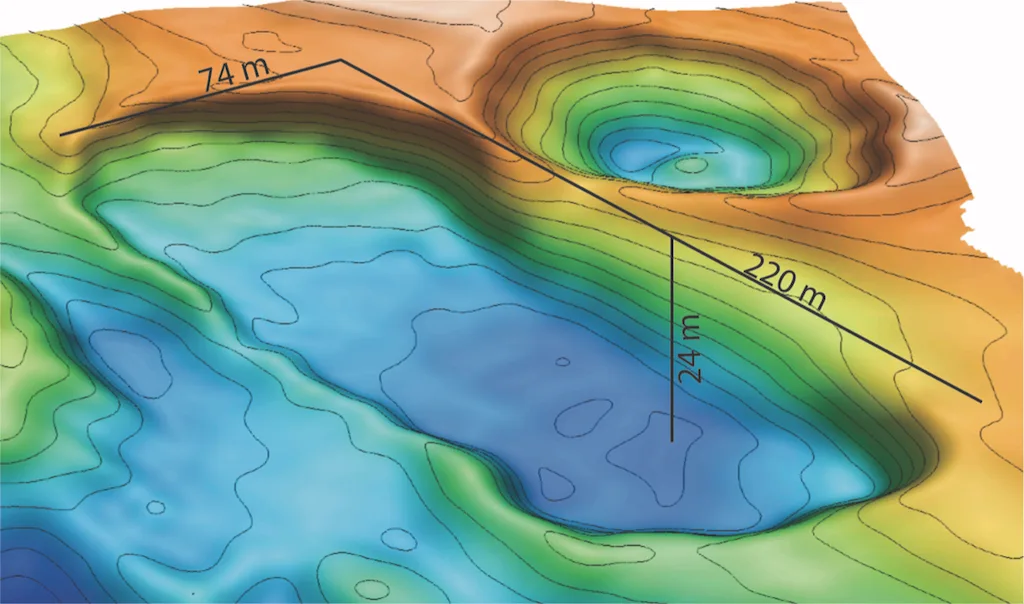
Giant sinkholes found forming on the seafloor in northern Canada
Enormous sinkholes have been documented on land, but scientists say that permafrost has been observed thawing at the bottom of the sea for the first time on record.
Deploying autonomous robots to scour the seafloor can bring a lot of surprises. For one team of scientists conducting research in Canada, their robot fleet discovered “sinkhole-like depressions” the size of an entire city block of six-story buildings — an alarming discovery that could have serious implications for the global climate.
A team of international researchers affiliated with the Monterey Bay Aquarium Research Institute (MBARI) has been collecting data from the Canadian Beaufort Sea since 2003 to learn more about this extremely remote region. The “sinkholes” that the researchers discovered were actually regions of thawing permafrost.
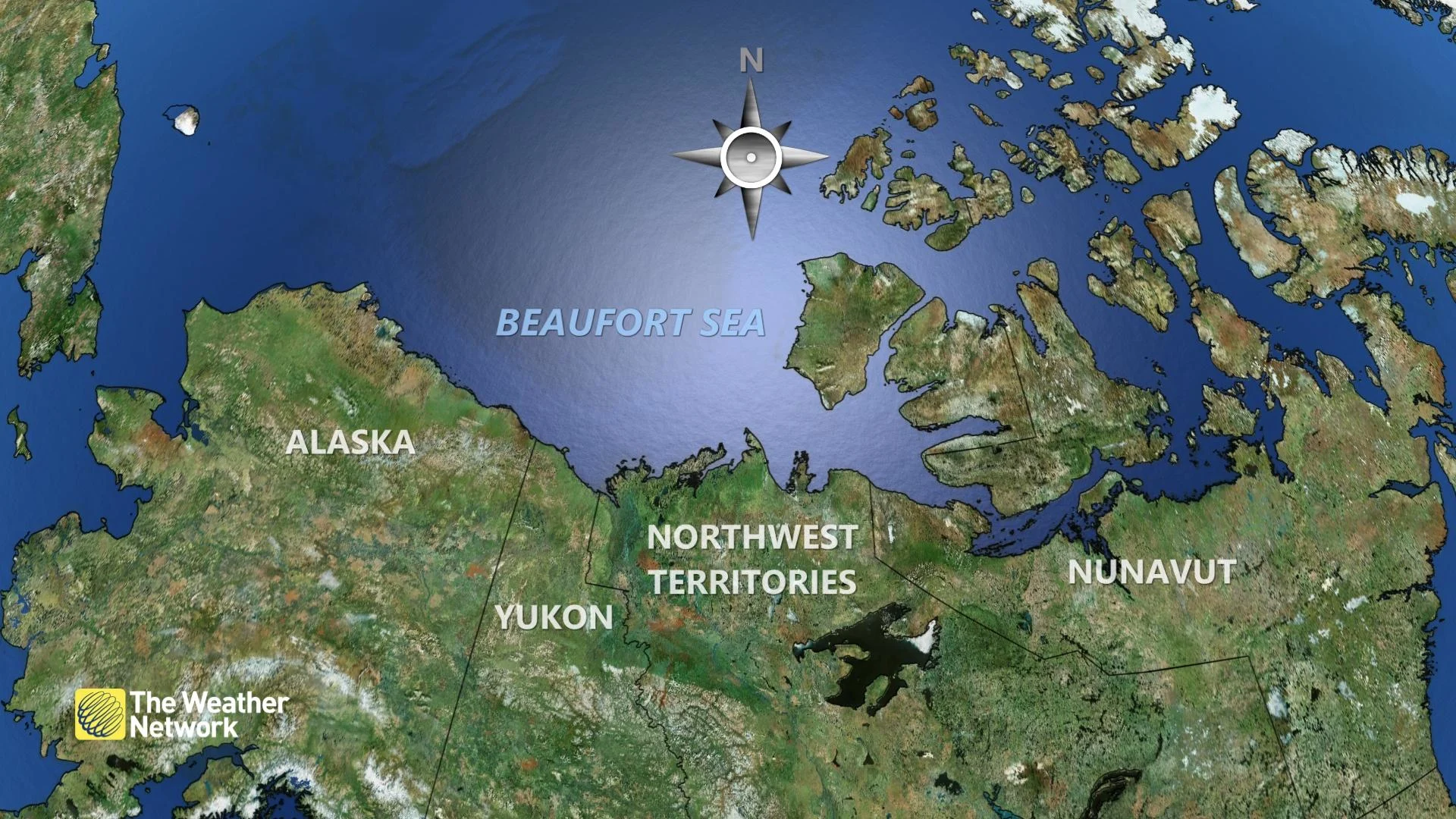
Permafrost is defined as any type of ground that stays continuously frozen for at least two years. Thawing permafrost has been widely documented across many parts of the Arctic in recent years, but the researchers’ study states this is the first time that permafrost thawing on the seafloor has been observed.
Data collected from 2010 to 2019 revealed that there were “extraordinarily rapid” changes to the seafloor along an area of permafrost that formed between 2,580,000 to 11,700 years ago. The largest sinkhole had an oval shape that measured 28 meters (92 feet) deep, 225 meters (738 feet) long, and 95 meters (312 feet) wide.
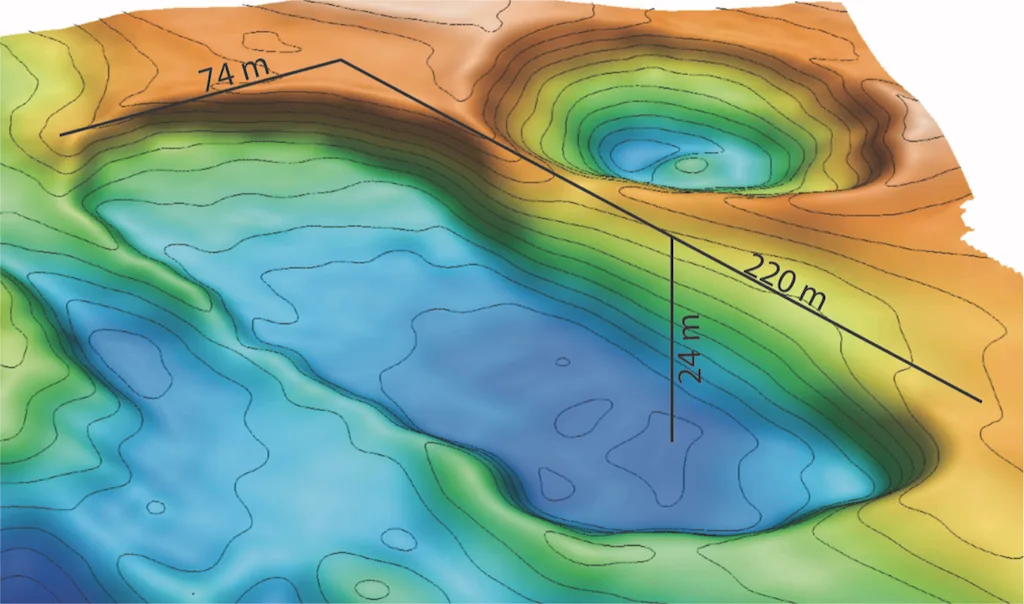
This massive sinkhole in the Canadian Beaufort Sea developed in just nine years. (Eve Lundsten © 2022 MBARI)
The driving force behind the formation of the sinkholes in the Canadian Beaufort Sea is attributed to permafrost sediment gradually warming up since the last Ice Age due to brackish groundwater flowing across regions of ancient permafrost, which has a warming effect on the ice and eventually causes a collapse.
The researchers note these sinkholes started forming before humans began warming the planet with greenhouse gas emissions, but say that the accelerated warm-up the Arctic is experiencing due to these emissions can hinder our ability to understand how this frozen environment functions without the influence on human activity.
“These rapid changes to the seafloor demand our attention. We need to understand how the decay of relict submarine permafrost will impact the vast areas underlying the Arctic continental shelves. This groundbreaking research has revealed how the thawing of submarine permafrost can be detected, and then monitored once baselines are established,” Charlie Paull, a geologist at MBARI and one of the lead authors of the study, stated in a press release.
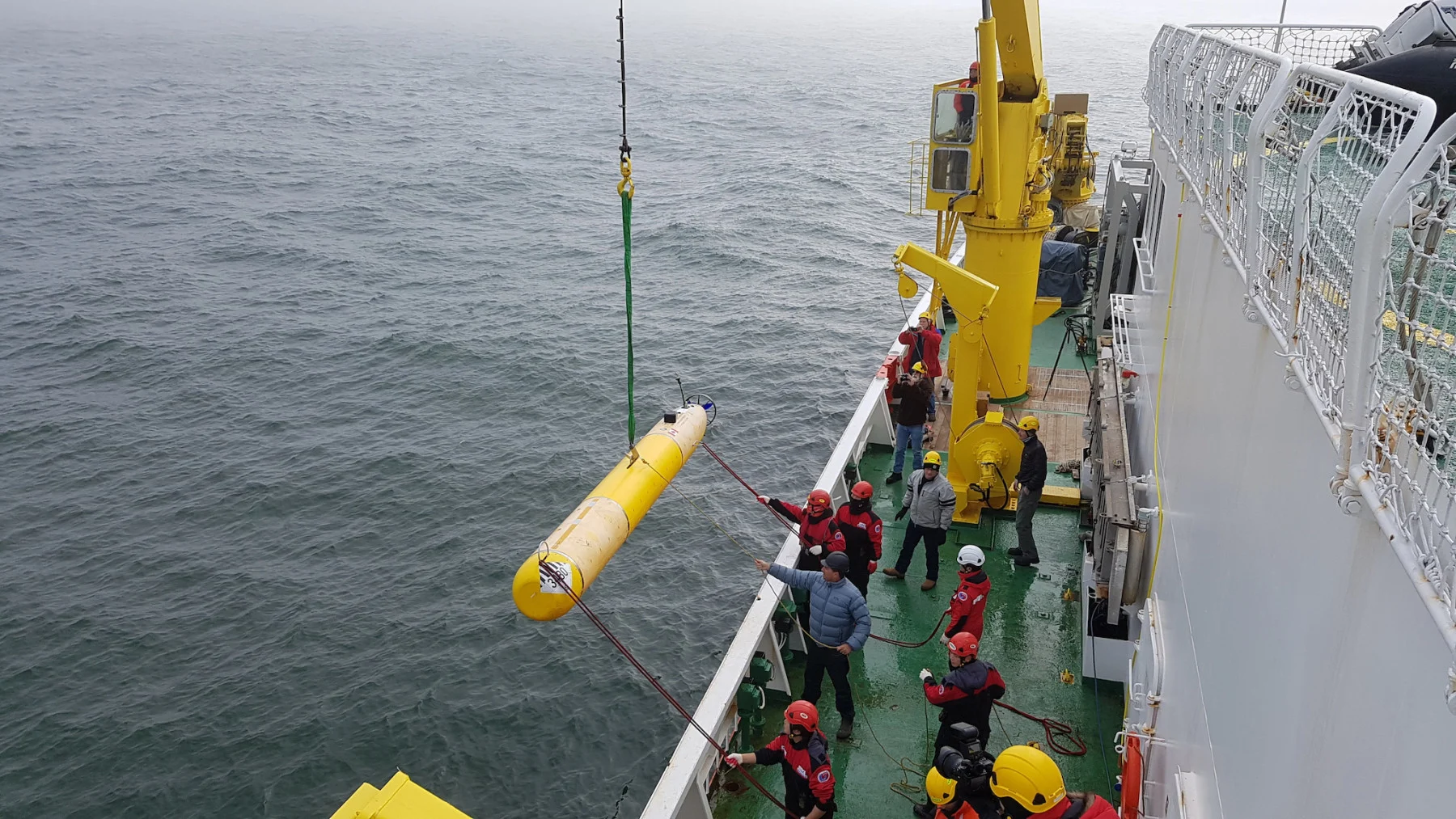
In 2022, MBARI will join collaborators from the Geological Survey of Canada, the Department of Fisheries and Oceans Canada, the Korean Polar Research Institute, and the United States Naval Research Laboratory for an expedition aboard the Korean icebreaker Araon (pictured) for further research on the thawing submarine permafrost in the Canadian Beaufort Sea. (Roberto Gwiazda © 2017 MBARI)
Crater formations found on land have also given scientists clues about the changing nature of permafrost in a warming world. A number of enormous sinkholes, including one that measured 20 metres in length, have appeared in Siberia and are linked to eruptions of methane gas that built up underneath the Earth’s surface.
Methane is a greenhouse gas that is 84 times more powerful than carbon dioxide at warming the Earth over a 20-year period. In addition to the direct impacts that the thawing landscape has on individuals in the Arctic, such as those that have homes built on top of permafrost, scientists are concerned about the widespread release of methane as the frozen environments warm.
Melting permafrost on land in the Arctic has been correlated with increasing global temperatures, which raises questions about how human-induced climate change could affect permafrost underneath the ocean. The researchers say there is much to be learned about how thawing permafrost can restructure the Arctic seafloor and that their discovery can help set baselines that will help the monitoring and analysis of future data.
“The Government of Canada and the Inuvialuit people who live on the coast of the Beaufort Sea highly value this research as the complex processes described have implications for the assessment of geohazards, creation of unique marine habitat, and our understanding of biogeochemical processes,” stated Scott Dallimore from the Geological Survey of Canada, who is also one of the study’s lead authors.
Thumbnail credit: Eve Lundsten © 2022 MBARI











